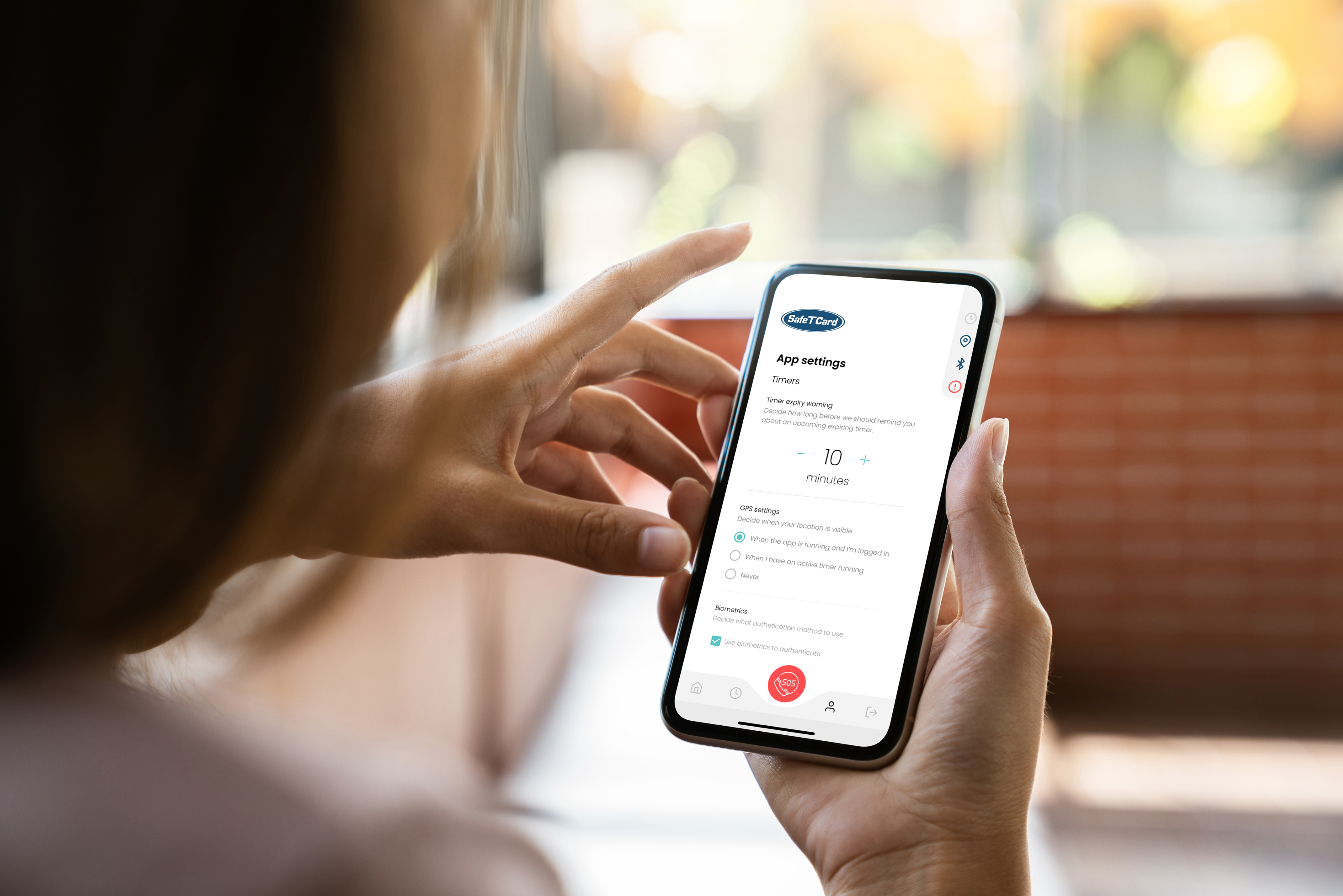Ensuring the safety of employees is a fundamental responsibility for any business, especially for those whose roles involve working in environments outside the controlled office setting. Employees working in people’s homes, such as social workers, healthcare providers, and maintenance personnel, face unique challenges and potential hazards. These can include dealing with aggressive clients, navigating unfamiliar environments, and managing unexpected emergencies.
Proactive safety measures are crucial in these situations to protect employees from harm and ensure their well-being. Implementing robust safety protocols not only safeguards employees but also enhances their confidence and efficiency, leading to better service and satisfaction for clients. By addressing the specific risks associated with working in clients’ homes, employers can create a safer and more supportive work environment.
Here are some essential tips for employers to keep their employees safe while working in people’s homes.
Employees working in people’s homes
1. Conduct pre-visit risk assessments
Before employees visit a customer or patient’s home, it’s crucial to conduct a thorough risk assessment of the environment. This assessment should evaluate potential hazards, such as unsafe physical conditions or the behaviour of individuals in the home. Identifying risks in advance allows for better preparation and the development of strategies to mitigate those risks. Employers should gather information from previous visits and client histories to identify any potential issues. This process can be enhanced by using lone worker security system like the SafeTCard, ensuring comprehensive monitoring and immediate assistance when required.
2. Provide comprehensive safety training
Equip employees with the knowledge and skills they need to stay safe. Comprehensive safety training should cover personal safety, conflict resolution, and emergency procedures. Employees should be educated on how to de-escalate tense situations and protect themselves from aggressive behaviour. Regular refresher courses should be provided to ensure that employees remain aware of the latest safety protocols and best practices. Incorporating training on the use of personal safety alarm devices and lone worker safety solutions can significantly enhance preparedness.
3. Utilise SafeTCard devices
Empower your employees with SafeTCard’s GPS-enabled safety devices. These devices provide real-time monitoring upon activation and immediate emergency alerts, ensuring that help is readily available at the push of a duress alarm button. The real-time tracking feature allows managers to monitor the location of their employees when the device is activated, providing an additional layer of security and peace of mind. In case of an emergency, the alert system ensures a swift response, minimising the risk of harm. These personal duress alarm solutions are particularly effective to improve lone worker safety for those who face unpredictable risks in clients’ homes.
Discover the effectiveness of these devices in How Effective Are Personal Safety Devices? – SafeTCard
4. Establish regular check-in protocols
Maintaining regular communication is vital for the safety of employees working in isolation. Implement a system where employees check in at scheduled times to report their status. Automated systems, such as a lone worker app or lone worker monitoring device, can prompt these check-ins and alert managers if an employee misses a check-in. This consistent communication helps promptly identify and respond to any issues that may arise, ensuring that employees are never out of touch.
5. Encourage situational awareness
Employees should be trained to remain vigilant and aware of their surroundings at all times. This includes being mindful of exit routes, identifying potential threats, and maintaining a safe distance from potentially dangerous individuals. Situational awareness is a critical component of personal safety and should be emphasised during training sessions. Employers can further support this by equipping employees with personal safety devices like the SafeTCard Mobile App, which can act as a discreet panic alarm system in emergencies.
6. Provide access to emergency contacts
Ensure that employees have quick access to a list of emergency contacts, including local authorities, healthcare providers, and company representatives. Instruct them on the procedure for contacting these resources in case of an emergency. Having this information readily available can make a significant difference in the speed and effectiveness of the response. Employers might consider integrating this with GPS duress alarm systems to streamline emergency responses, especially in high-risk situations.
This advice is applicable to employers with lone workers working in hot weather too.
By implementing these tips and utilising SafeTCard’s advanced lone worker safety solutions, employers can create a secure working environment for employees working in people’s homes. These measures not only protect employees but also demonstrate a company’s commitment to their well-being, fostering a culture of safety and trust.
Ensuring the safety of employees working in potentially hazardous environments is not just a legal obligation but a moral one as well. For more information on SafeTCard’s comprehensive safety solutions and how they can help protect your employees, contact us today. Together, we can ensure a safer working environment for all.




